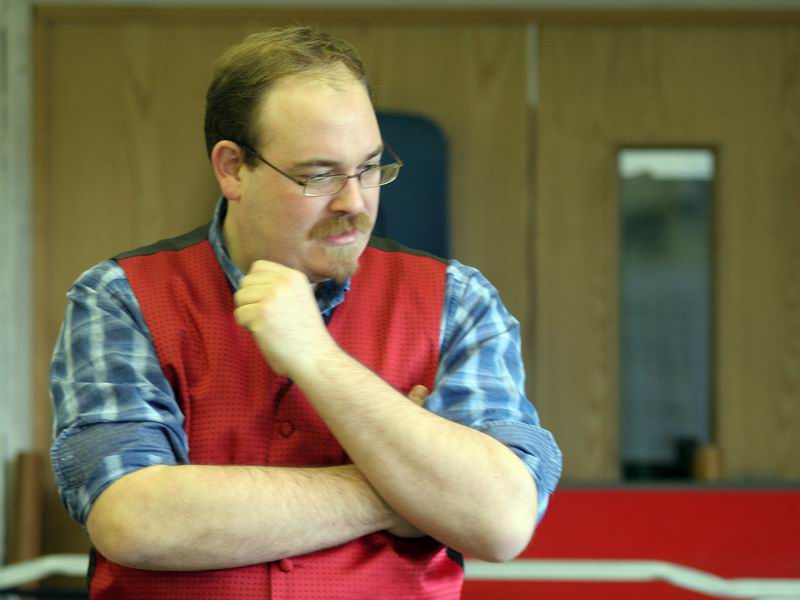
Painting
Update
I will try and do a painting update every so often, he says, in the full expectation that this may be a stand alone. Anyhow...
GzIR13 'Wallachisches-Illyrisches'

For those who know me they will be very much aware of my love of the Austrian army. For those that know me well they will be aware that I have a very soft spot for the Grenzer. So I am glad that IV and V Kolonnes have a battalion in each of Grenzer. For a start these guys are light infantry, indeed a lot of the innovations in light troops were as a result of the Habsburg Empire's ability to draw on such numbers of capable skirmishers in the 18th Century. Although looked down upon by many crustier officers as 'not proper soldiers' they were cheap and incredibly useful on campaign. One irony is many of the officers critical of them were the ones screaming for them on campaign. The Military Border that generated them was an ideal area and circumstance to raise this sort of light infantryman. Faced with a porous and insecure border with the Ottomans the Austrian government gave away land in return for military service. The Grenzer was a freehold farmer, in an era of serfdom this was a crucial step towards freedom. The Grenzer spent much of his time farming, with a period of time spent as in a small group in a border blockhouse, which left no time for formal drill. Efforts to introduce this always foundered on the need for agriculture and border security.
In terms of their performance they were tough, loyal and skilled soldiers, but were not really capable of close order maneouvres. In this case rules often only allow Grenzer to change formation like militia, but with high morale and ability in skirmish order. They did have a mass mutiny once, in 1799, brought about by rumours of poor agricultural conditions back home. The French respected their ability and they were maids of all work, seen as more expendable on campaign than the Jager who were pampered by Grenz standards.
In terms of numbers, well, there are 16 Regiments during the wars, more than there were Hungarian Infantry regiments. They also tended to field massive battalions although none comes close to GzIR9 'Peterwardeiner' which fielded 1229 men at Leipzig, which is at the end of a campaign!
Grenz 3lb Geschutz

This is the GzIR13 Geschutz section. I had been looking for crew that would be useable as Grenz guncrew, who seem to have worn a peaked version of the old pre 1798 Casquet until 1809 at least. Heaven knows what they wore by 1813, I suspect they had all worn out by that time. The Grenz retained their battalion pieces throughout the wars as a small gun would be a useful accompanyment to an outpost/avantgarde unit. The 3lb was extremely maneouverable which made it very useful in Italy with its ditches and vineyards, and that was where the Austrians generally deployed them. Although AoC does not use battalion gun figures I wanted to for other rules, notably my own for 1792 onwards. In this case I treat them like another company in the battalion that can be detached from the battalion like a light company: it can only go so far from its parent. When the section is in contact with the battalion it cannot be individually targeted. This allows historical tactics to be employed; dragging the guns out to bombard the enemy until they get close to musket range and then withdraw into the battalion to provide support for the musketry. I see the 3lb gun as the Napoleonic version of the mortar. Good for infantry support and very agile, which probably explains why Boney re-introduced them after 1809 (using Austrian weapons for the most part) in his army used to invade Russia, where they were all lost of course...
IR8 'Erzherzog Ludwig'

The three battalions of IR8 represent the backbone of the Austrian Army; the German infantry. The regiment was neither special or remarkable in any way, with the possible exception that its Inhaber for some of the period was an Archduke. But there is something special about it in 1809 and that is it's Colonel. Robert, Freiherr von Swinburne was born in York in 1766 (some sources say 17 July 1763). Swinburne began his 55-year military career at age 16 in Infantry Regiment Nr. 59. Promoted to Oberst in 1806 and to Generalmajor in 1809 (after the Battle of Aspern-Essling), his final post was as Governor of Milan with the rank of Feldmarschalleutnant. He died in Innsbruck on 20 January 1849. Now this character fascinates me: how the hell did he get from York to the Austrian army by 16? And that is just the first question. I am pretty certain that I will not find an Austrian mounted officer that looks like Warren Clarke (I love 'er more than any pig, and that's saying summat) but I am looking for a 25mm whippet. In seriousness the ability of an army, supposedly hidebound and traditionalist, to take in a 16 year old foreigner and allow him to rise to Divisional commander and governor of a major city on his death is remarkable and something you struggle to imagine happening. I really want to know more about this guy.
Artillery Pics
Here are some more pics from the growing Austrian artillery park. Enjoy




No comments:
Post a Comment